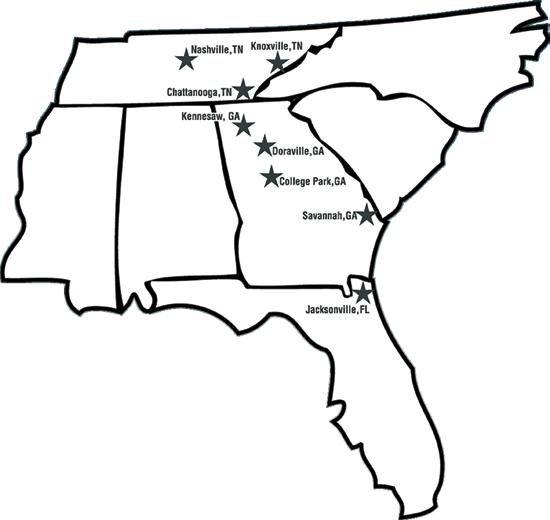
2 minute read
Ergonomic Guidelines – Using Four-Wheel Carts in Roofing, Part Three
Dr. Ken-Yu Lin and Dr. Zhenyu Zhang, SHARE Lab College of Built Environments, University of Washington
In last month’s issue, we discussed workplace setup and site pre-task planning. In this third and final article, we’ll focus on developing your ergonomic intervention program.
Developing Your Ergonomic Intervention Program
Ergonomic changes do not happen overnight. It happens little by little. Implementing an intervention program can help you incorporate solutions recommended in these guidelines into your company’s daily practice. Here are six steps you want to follow:
1. Have you obtained support from senior management? Implementing an intervention program requires resources and investment. This is particularly true for solutions like preventative replacement and tire selection. You need to make senior management aware of the important safety and financial benefits. Previous articles have provided reference information to communicate and convince senior managers. You can also use this information to develop a clear return on investment based on your own company’s situation. Tailored information will be more persuasive. By adjusting some parameters such as the number of carts you deployed, you can easily obtain your own return on investment data. Tip: You can use the ROI calculator offered by CPWR: https://www.safecalc.org/.
2. Are you ready to elevate workers’ motivation? Worker engagement is the key to a successful ergonomic program because the workers will be the ones making the necessary changes (e.g., workplace layout, team pulling/pushing). You should make employees aware of the prevalence of overexertion hazards caused by cart handling and the health consequences if no changes are made. For this purpose, awareness training is needed and previous articles have provided basic information to prepare that training.
3. Have you provided skill training to workers and site supervisors? Workers and site supervisors must be able to recognize the risk factors associated with cart handling. They must understand general control measures for reducing these risk factors before they can practically participate in the program. Again, refer to previous articles for training materials for the foreman’s meeting and toolbox talks.
4. Have you provided site-specific instructions? Training workers and site supervisors on the general risk control measures is not enough. As safety professionals, you should also offer them site-specific instructions. Consider revising your company’s template for job hazard analysis, safety planning and an inspection checklist to incorporate these guidelines. For example, you can add ergonomic hazards to your safety inspection checklist. This helps you identify and correct safety issues in a timely manner.
5. Have you redesigned the working environment to provide cues for action? Work with your warehouse manager and team members to remodel carts by installing a handle to enable easy team pushing from behind. You can also print warning signage and ask workers to attach them to carts and bundled material before they are sent to jobsites. These measures will remind workers and site supervisors to take action against overexertion injuries.
6. How can you determine if the program is a success? Evaluation is the key to prove your efforts have paid off. Here are three signs you can watch out for during the program:
■ Reduced overexertion injuries. Review your company’s injury log before and after the program. Specifically, track claim numbers, total lost days and economic costs that are associated with cart handling.
■ Improved health status of workers. Deliver a health questionnaire to those workers who handle material carts and track the changes to their health status.
■ Changed practices by workers and site supervisors. When visiting jobsites, you can observe field workers’ practices of cart handling. Documenting the results will help you track if ergonomic hazards associated with cart handling are being increasingly addressed.
Dr. Ken-Yu Lin and Dr. Zhenyu Zhang, SHARE Lab College of Built Environments, University of Washington developed Ergonomic Guidelines, Using Four-Wheel Carts in the Roofing Trade with funding and support for this project provided by the State of Washington, Department of Labor and Industries, Safety and Health Investment Projects (grant number 2018ZH00361).

